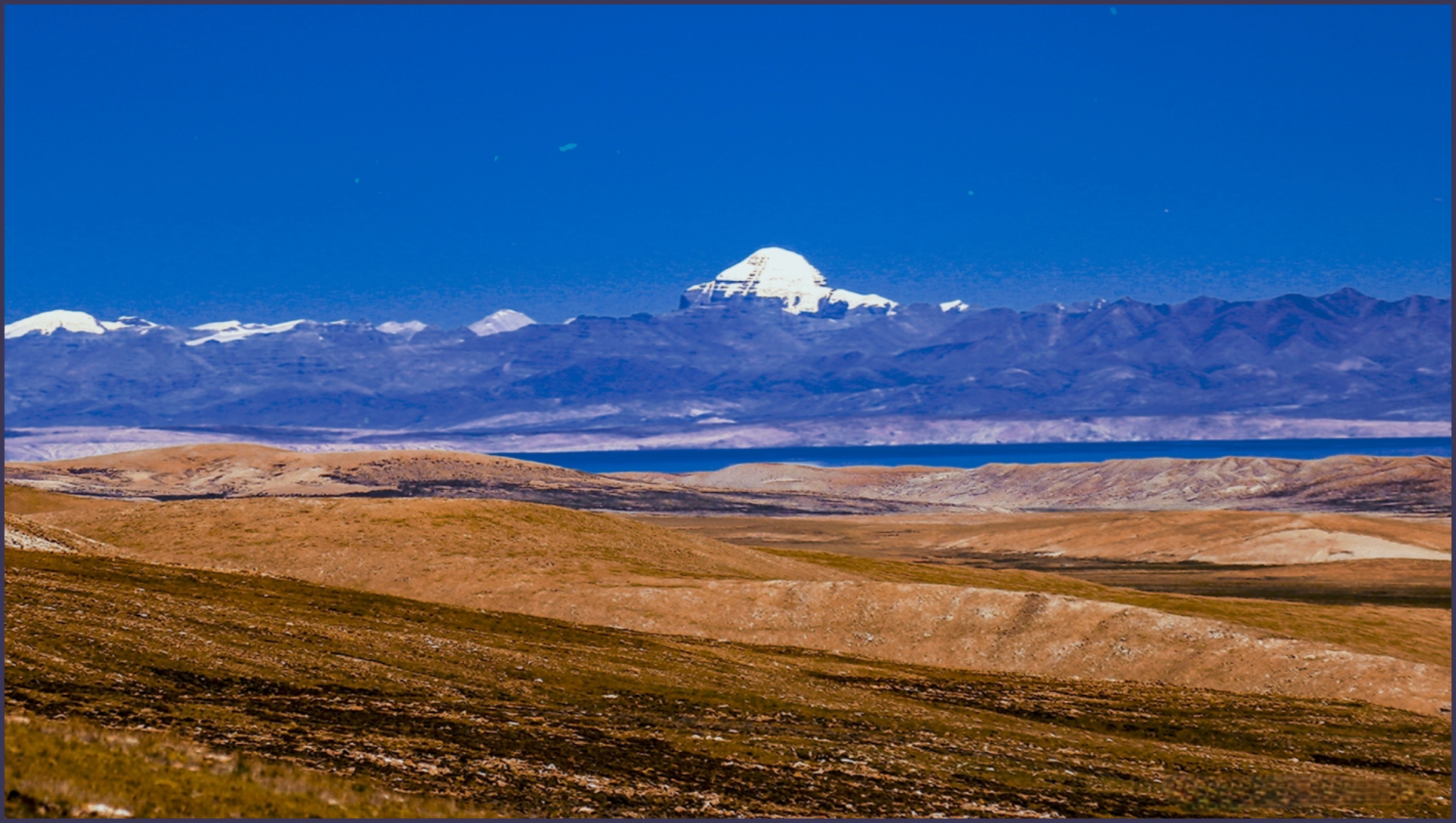Facts about Kailash Manasarovar

Pilgrimages have been an integral part of every culture, serving as profound spiritual journeys that connect individuals with their faith and history. Among the world's most revered pilgrimage destinations, Mount Kailash and Lake Manasarovar hold a unique place. Located in the mystical lands of Tibet, these sacred sites are not only marvels of natural beauty but also steeped in profound religious significance. Here, we unravel some of the most fascinating facts about Kailash Manasarovar and why these two destinations continue to captivate travelers and devotees alike.
Mount Kailash: The Sacred Mountain
Nestled amidst six mountain ranges that resemble a lotus flower, Mount Kailash is regarded as the most sacred mountain in the world. Revered as the center of the universe, it rises majestically, touching the heavens with its round, colorful crown. The mountain’s location is equally remarkable, positioned at the intersection of China, India, and Nepal, making it a symbolic meeting point of diverse cultures and faiths.
Key Highlights of Mount Kailash:
- Spiritual Significance: For Hindus, Mount Kailash is believed to be the abode of Lord Shiva, symbolizing the axis of the universe. Buddhists regard it as the home of Demchok, a representation of supreme bliss. Jains believe it to be the site where their first Tirthankara attained liberation. Tibetan Bon followers view it as the sacred seat of their spiritual founder.
- Pilgrimage Ritual: A single circumambulation (parikrama) of the mountain is believed to absolve sins of a lifetime. Completing 108 rounds is said to grant liberation from the cycle of birth and rebirth.
- Geographic Mysteries: The high-altitude region surrounding Kailash experiences unpredictable weather, ranging from warm 15-20°C daytime temperatures to freezing nights below 0°C. The mountain remains unclimbed due to its sacred status, preserving its pristine natural state.
Lake Manasarovar: The Sacred Lake
Located at the southern base of Mount Kailash, Lake Manasarovar is a shimmering jewel of exceptional beauty. Its name derives from the Sanskrit words "Manasa" (mind) and "Sarovara" (lake), symbolizing a lake born of divine thought.
Key Highlights of Lake Manasarovar:
- Religious Importance: Regarded as the Mother of Sacred Lakes, it is one of the Three Sacred Lakes of Tibet. Hindus believe that bathing in the lake purifies sins, while drinking its waters brings spiritual enlightenment.
- Natural Wonders: The lake spans 64 miles, and its circumambulation typically takes four days. Its tranquil waters reflect the surrounding snow-capped peaks, creating a breathtakingly serene landscape.
- Climate: While afternoons around the lake are breezy, nights are chilly, with temperatures often plummeting below freezing.
Cultural and Religious Significance
Mount Kailash and Lake Manasarovar are sacred to multiple religions, including Hinduism, Buddhism, Jainism, Sikhism, and Tibetan Bon. These sites are believed to have been the birthplace of over 80 million sages who spread divine knowledge across the world. The profound spiritual energy of the region has drawn pilgrims for thousands of years, each seeking salvation, peace, and a connection to the divine.
Why Visit Kailash Manasarovar?
- A Spiritual Journey: Experience the sacred power of Mount Kailash and Lake Manasarovar, where faith and nature intertwine.
- Unmatched Beauty: Marvel at the stunning landscapes, from the towering peaks to the serene waters.
- Cultural Insight: Discover the deep-rooted traditions and spiritual practices of the region’s diverse communities.
- Inner Peace: Find solace and renewal in the tranquil ambiance of these sacred sites.
Preserving a Sacred Legacy
The enduring allure of Mount Kailash and Lake Manasarovar reminds us of the importance of preserving these sacred sites for future generations. As custodians of these natural and spiritual wonders, we must approach them with reverence, ensuring their sanctity remains intact.



